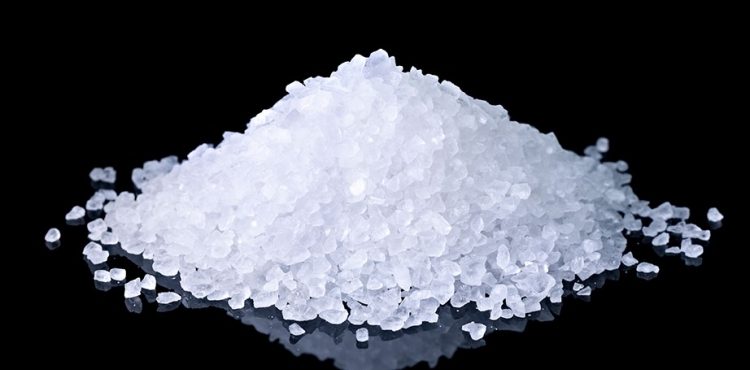
Countries stall on major health initiative
Experts say more action is needed to reduce worldwide salt consumption after new research by The George Institute for Global Health found many countries are not meeting targets.
Dr Jacqui Webster, from the World Health Organisation Collaborating Centre on Salt Reduction at the Institute, said. The public health benefits of salt reduction could not be stated strongly enough..
“Simply put, reducing salt intake to the World Health Organisation target of 5 grams per person per day, will save tens of thousands of lives at the same time as saving governments hundreds of millions of dollars in health costs,” Dr Webster said.
“Excess sodium is a significant cause of high blood pressure, which is a major risk factor for cardiovascular disease (CVD), and this includes stroke and coronary heart disease.
“CVD is the world’s leading cause of death, killing 17 million people every year and around 2 million of these deaths are attributable to eating too much salt.
“In Australia if average salt intake was reduced by just three grams per day, an estimated 3,500 lives would be saved each year along with $200 million in health care costs.
“Australia has previously introduced some measures, but these results show that more can be done to help reduce that sodium content.
“We know that reducing salt takes more than just asking people to stop putting salt on their food at the dinner table, because around 70% of the salt we eat is hidden in processed foods.”
The global review assessed the progress of countries towards the World Health Organisation’s target of a 30% reduction by 2025, with the aim of achieving less than 5 grams per person per day.
Based on existing published data and country reports, it found:
- Countries not meeting the WHO target of 5g of salt per person per day include United Kingdom (8.1g), Canada (8.5g), New Zealand (8.57g), the United States (8.8g) and Australia (8.9g)
- A total of 75 countries now have a national salt reduction strategy
- Only 12 countries have so far reported a reduction in population salt intake
“Salt reduction strategies can include work with the industry, labelling and consumer education programs,” Dr Webster said.
“We have the targets set for reducing salt in foods set but progress in some countries seems to have slowed in recent years.
“An effective salt reduction strategy requires an improved determination and co-ordination from the government and food industry as well as more funding.
“The results will be immediate and real, saving many lives and millions of dollars every year.”


